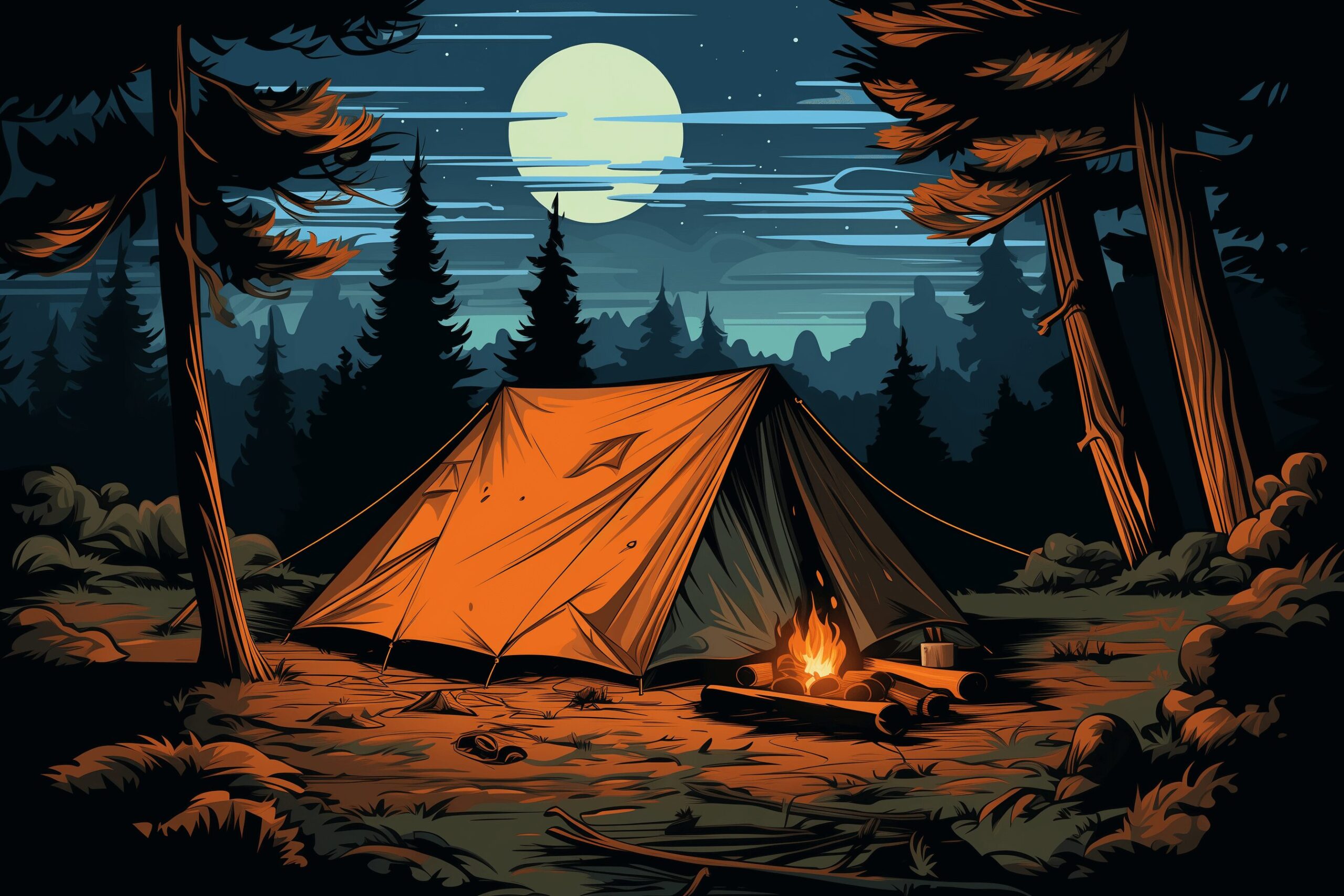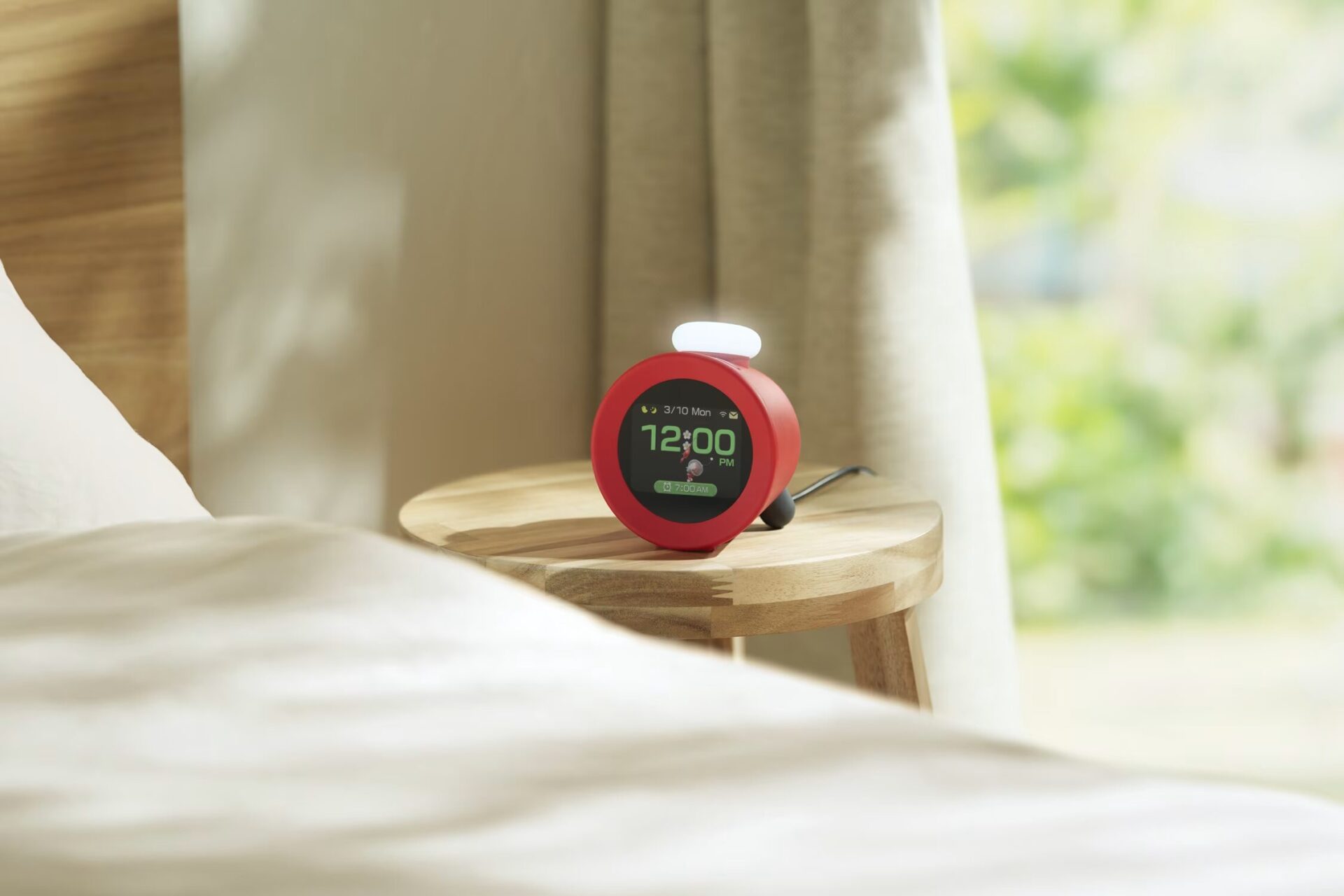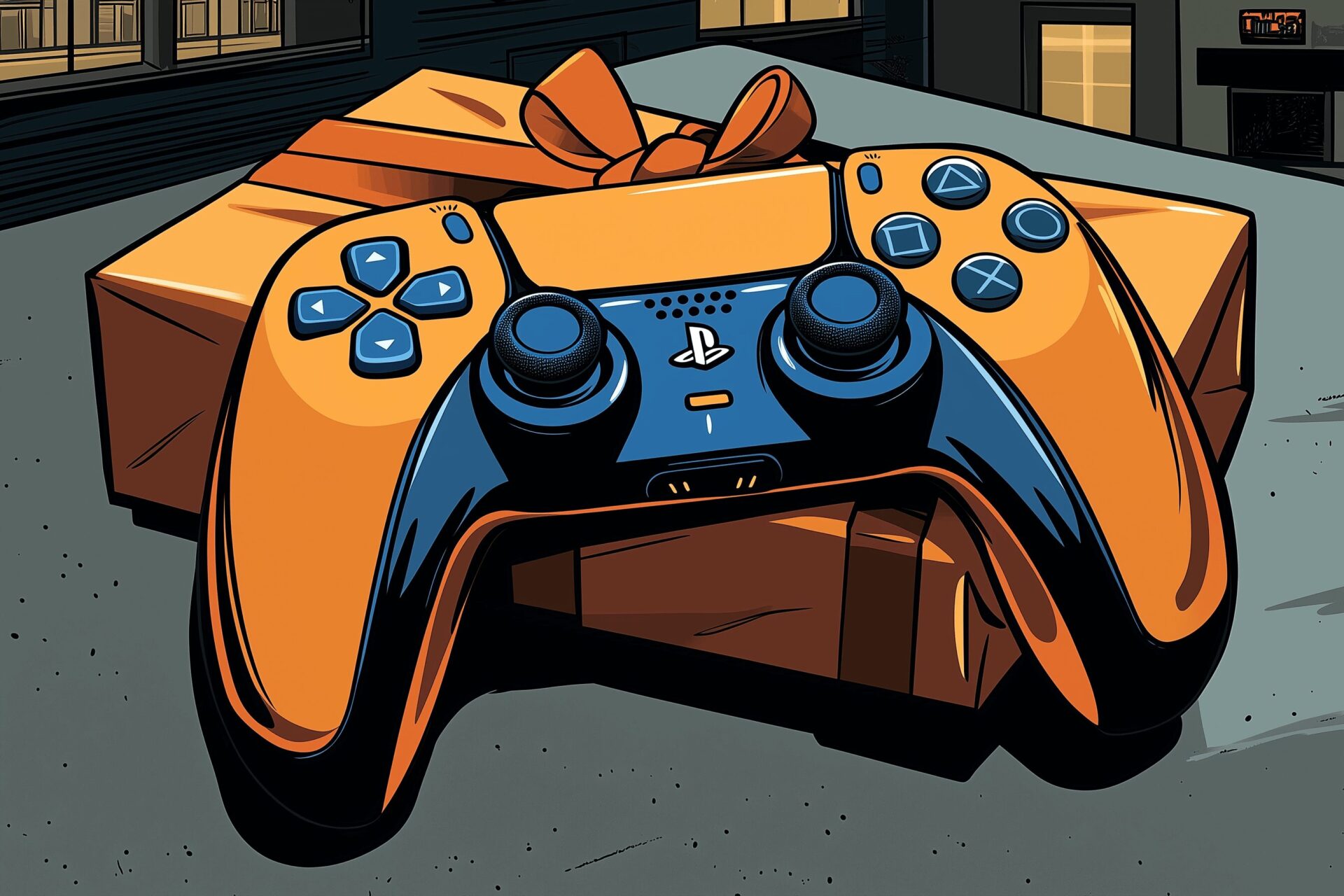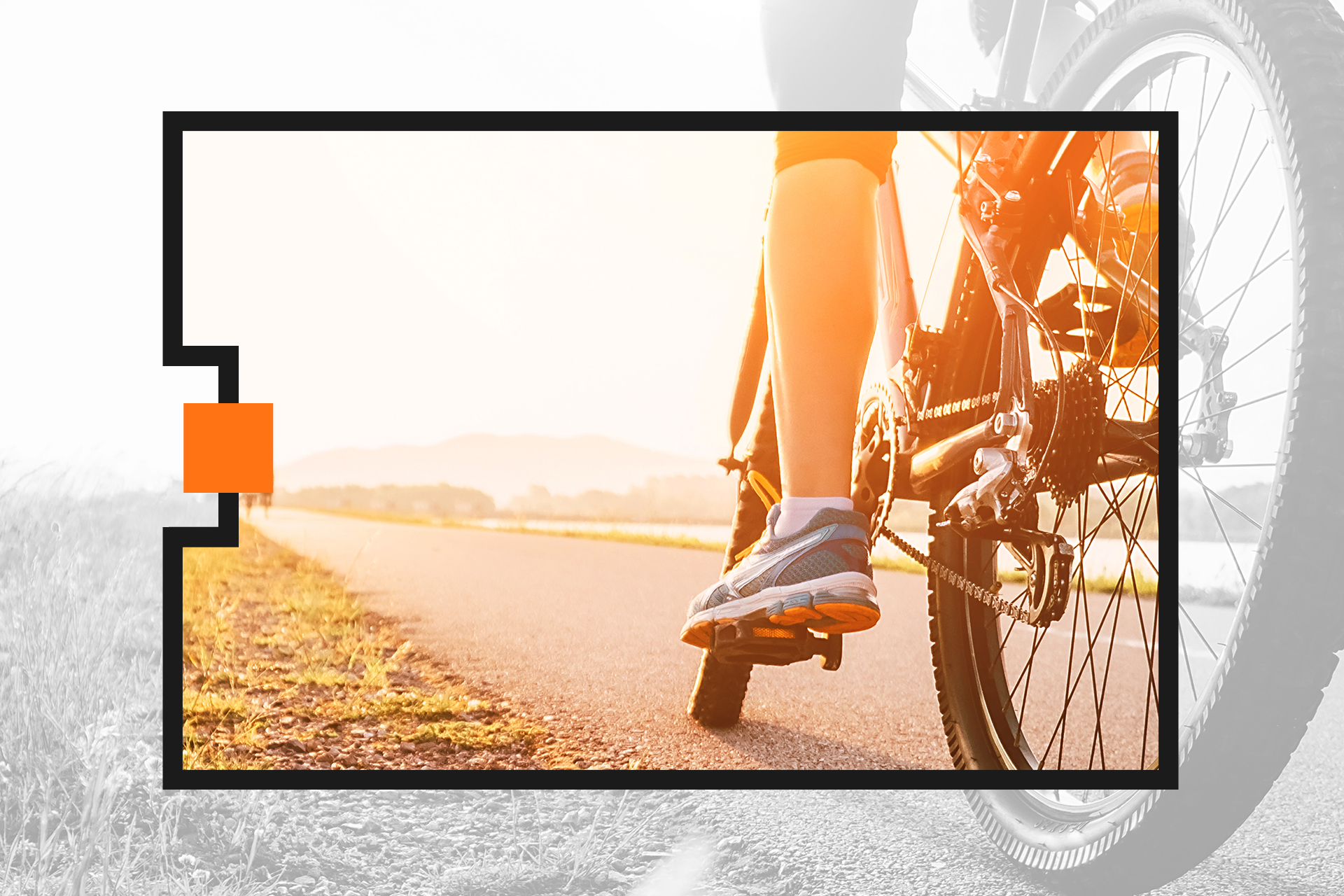
As an Amazon Associate, Modded gets commissions for purchases made through links in this post.
Riding a bicycle is an excellent way to stay fit and pump up those leg muscles. Plus, if you bike instead of drive, you’ll even cut down on greenhouse gas emissions, which is great for the environment. Whether you’re looking to replace your car with a bike or simply take up biking as a hobby, there are plenty of makes and models to choose from.
However, choosing a bicycle ultimately comes down to which type best suits your goals, fitness level and local terrain. For instance, a mountain bike is best for, well, mountains while a road bike is ideal for… you get the picture. But what about fixed-gear bikes? Odds are you’ve seen one on the street without even realizing it. Yet, you likely know very little about this kind of bicycle.
Keep reading to learn more about fixed-gear bikes and why this style might be right for you.
What is a Fixed-Gear Bike?
A fixed-gear bike — or a fixie — is a bicycle that has a drivetrain with one gear and no freewheel mechanism. This kind of design requires the rider to continue pedaling whenever the bike’s moving. In other words, you won’t be coasting or switching gears when riding a fixie. Because they don’t require derailleurs, shifters, multiple cranksets or brakes, fixed-gear bikes are considered the most simple kind of bike you can buy.
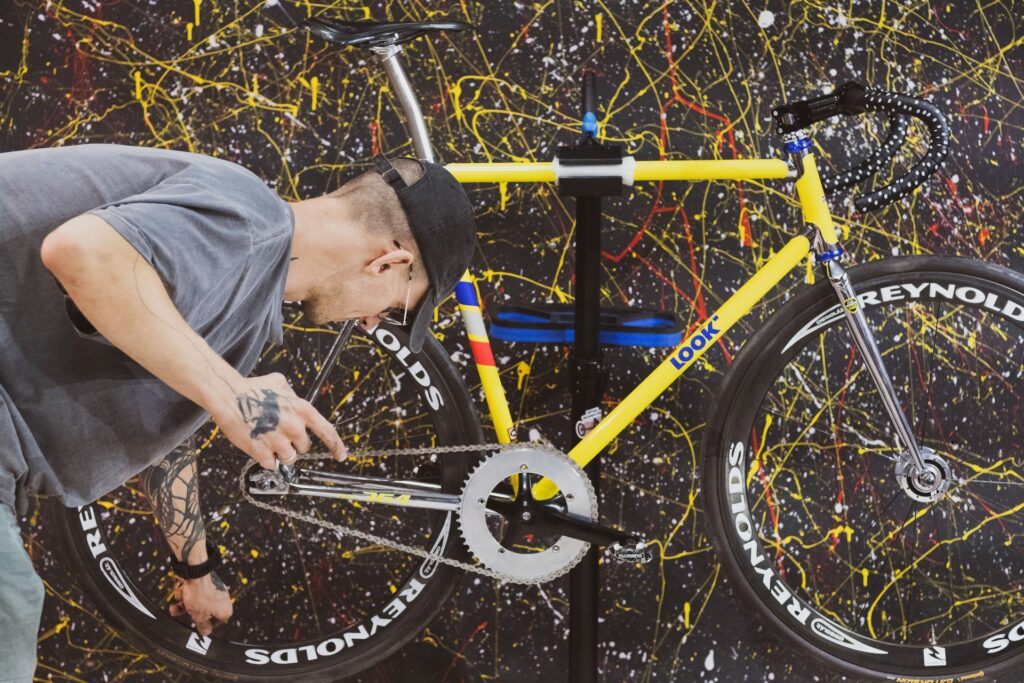
The History of Fixies
In the late 1800s, fixies become a common mode of transportation for postal couriers carrying sensitive business information. They also gained popularity as track bikes in the 1930s when six-day races were commonly held on a velodrome in Madison Square Gardens. Because these bikes had no brakes, circus acrobats frequently used them for balancing acts and to ride backward on the rear wheel.
Today, fixed-gear bikes are most common in crowded metropolitan areas because they force riders to sit upright and allow more control. The smooth maneuverability helps riders arrive at destinations much quicker than public transportation or driving a car will allow. They’re also popular among younger people who prefer fixed bikes for their versatility and simplicity.
Why Ride a Fixed-Gear Bike?
There are plenty of benefits to riding a fixed-gear bike, the most critical of which is its light weight. Because it lacks the extra parts needed for switching gears, it’s easier to carry up stairwells or position on hooks for storage.
Fixies also require less maintenance because the chain is subject to less sideways stress than those on a derailleur device. All you have to do is lube the chain every so often and your bike should last for many years to come.
Because you have to continue pedaling, riding a fixed-gear bike is a great way to stay in shape and pump up your calf and thigh muscles. Hate leg day? Hop on your fixie and run a few errands instead of hitting the gym. If you tackle a few hills, you’ll likely be sore the next morning.

When to Forgo Fixies
While riding a fixie can be incredibly fun, there are a few circumstances where riding one can be more trouble than it’s worth. For instance, tackling steep inclines or declines may be challenging because you only have one gear. Thus, you may have to pedal at incredibly high — or low — speeds.
Fixed-gear bikes without brakes may also present problems unless you know how to grab onto the tires to slow down. Even then, it may be impossible or dangerous to make a completely sudden stop.
Of course, you can minimize risks by practicing in a safe space before taking to the streets. However, if you don’t have the time or patience, you might want to add brakes or purchase a road bike with multiple gears instead.
Choosing the Right Gear
If you do decide to ride a fixie, you must choose a gear ratio. Which speed is right for you? That depends on how fast you typically pedal. If your daily commute is rather flat, a 2.6 to 3.0 is ideal for most people. However, a higher or lower gear ratio may be necessary on uneven terrain. Visit your local bike workshop to experiment with different speeds, test different ratios and get advice for choosing the best one for your personal needs.
Making It Your Own
One of the best things about riding a fixie is that you can personalize it and make it your own. Build your bike from the ground up or convert your current ride into a fixed-gear bicycle. Add functional personal touches like a barrel bag or coffee cup holder. Customize the handlebars, rims, hubs and even the tires themselves. Want to go faster? Try slick tires instead of tread ones or renovate the wheelset to include lightweight aluminum rims.
Enjoy the Ride
Sure, riding a fixed-gear bike might take some getting used to but if you’ve made it this far, you likely have the will and determination to make it work. Practice often and be patient and you’ll be a pro in no time. Once you’re comfortable, sit back and enjoy the ride — just don’t forget to keep pedaling!
Stay up to date with the latest by subscribing to Modded Minute.
Author
Jack Shaw is a senior writer at Modded. Jack is an avid enthusiast for keeping up with personal health and enjoying nature. He has over five years of experience writing in the men's lifestyle niche, and has written extensively on topics of fitness, exploring the outdoors and men's interests. His writings have been featured in SportsEd TV, Love Inc., and Offroad Xtreme among many more publications.
Tags
Stay up to Date with the Latest
Your email address will only be used to send you our newsletter, and at any time you may unsubscribe. For more information, see our Privacy Policy.
